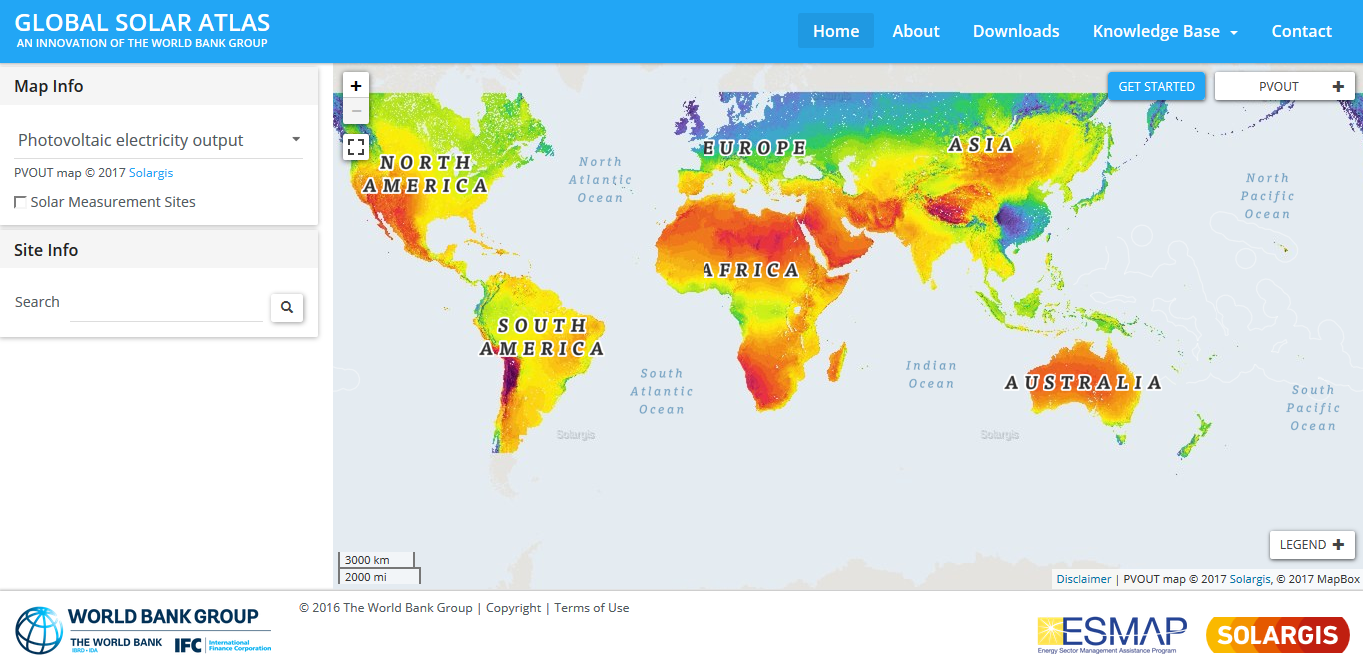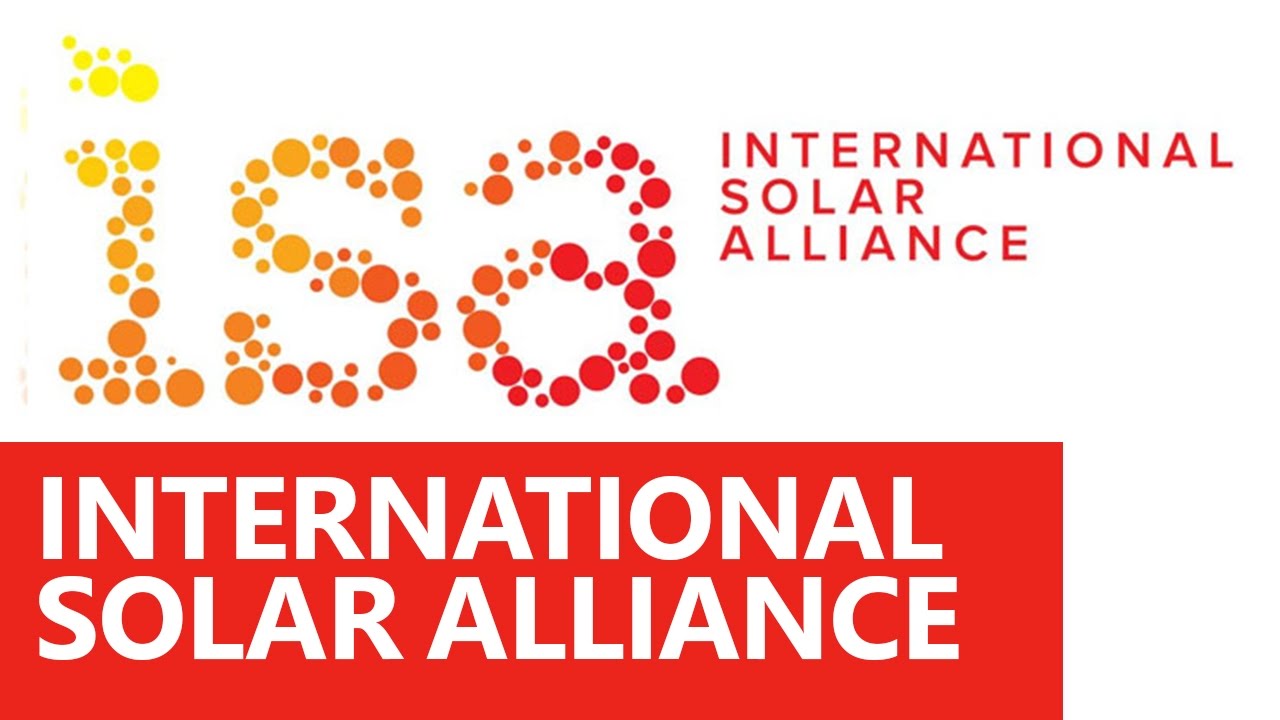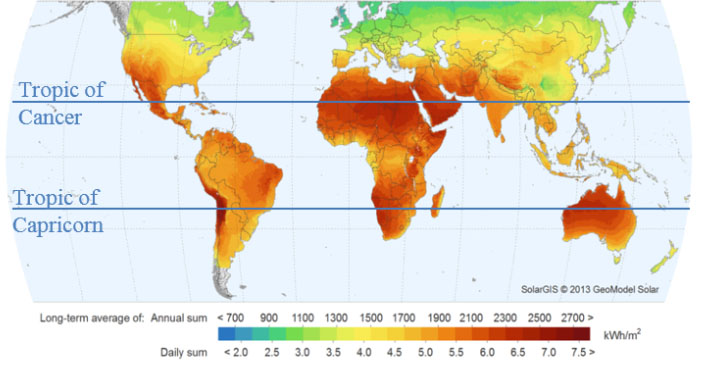- The Union Cabinet on Wednesday gave its ex post facto approval to an agreement that would formalise the headquarters of the International Solar Alliance in India (ISA).
- The headquarters agreement will institutionalise the functional arrangements between India and International Solar Alliance in India (ISA), the government said in a statement.
- It will help in a smooth transition of International Solar Alliance in India (ISA) as an international inter-governmental organisation.
- The creation of International Solar Alliance in India (ISA) will lead to accelerated solar technology development and deployment in ISA member-countries, including India.
About International Solar Alliance (ISA)
- The International Solar Alliance (ISA) is an alliance of more than 121 countries, most of them being sunshine countries, which lie either completely or partly between the Tropic of Cancer and the Tropic of Capricorn.
- The primary objective of the alliance is to work for efficient exploitation of solar energy to reduce dependence on fossil fuels.
- This initiative was first proposed by Indian Prime Minister Narendra Modi in a speech in November 2015 at Wembley Stadium, in which he referred to sunshine countries as Suryaputra (“Sons of the Sun”).
- The alliance is a treaty-based inter-governmental organization.
- Countries that do not fall within the Tropics can join the alliance and enjoy all benefits as other members, with the exception of voting rights.
- The initiative was launched by Prime Minister Narendra Modi at the India Africa Summit, and a meeting of member countries ahead of the 2015 United Nations Climate Change Conference in Paris in November 2015.
- The framework agreement of the International Solar Alliance opened for signatures in Marrakech, Morocco in November 2016, and 121 countries have joined.
- At the World Future Energy Summit (WFES) held in Abu Dhabi in January 2018, the government of India announced the establishment of a $350 million solar development fund to enable financing of solar projects.
Headquarter
- It is to be headquartered in India.
Objective
- The focus is on solar power utilization.
- The launching of such an alliance in Paris also sends a strong signal to the global communities about the sincerity of the developing nations towards their concern about climate change and to switch to a low-carbon growth path.
- India has pledged a target of installing 100GW by 2022 and reduction in emission intensity by 33–35% by 2030 to let solar energy reach to the most unconnected villages and communities and also towards creating a clean planet.
- India’s pledge to the Paris summit offered to bring 40% of its electricity generation capacity (not actual production) from non-fossil sources (renewable, large hydro, and nuclear) by 2030.
Geographical Importance
- The area of Earth located in between the Tropic of Cancer and Tropic of Capricorn is called the tropical (torrid) zone.
- The points on the Tropic of Cancer are the northernmost points up to which the Sun can pass directly overhead. Similarly, the southernmost points are on the Tropic of Capricorn which follow the same criteria. Location at the north of the Tropic of Cancer shows the Sun appearing at the south of the zenith.
- The sunniest countries of the world are on the African continent, ranging from Somalia- Horn of Africa-, east to Niger, west and north to Egypt.
- For India, the possible additional benefit from the alliance can be the strengthening ties and with the major African countries increase goodwill for India among them.
Initiatives and partnerships
- The alliance has partnered with World Bank to launch Global Solar Atlas at an ISA event at the World Future Energy Summit in Abu Dhabi.
Global Solar Atlas
- Global Solar Atlas is a free online tool that displays annual average solar power potential at any location in the world and thus identify potential sites for solar power generation.
- This tool will help governments save millions of dollars on their own research and provide investors and solar developers with an easily accessible and uniform platform to compare resource potential between sites in one region or across multiple countries.




